After more than sixty years, televisions are as familiar as old boots. Once typecast as the indispensable altarpiece of a well-appointed living room, TVs have infected every human environment. The average American household has more television sets than people.
Today, if you've got the wall space and the wallet heft, you can have a mural-sized, high-definition plasma decorating your house, with picture quality that in some respects trumps what the local cineplex offered you a dozen years ago.
So what's next for TV? What's coming down the pike? Please understand: I'm not speaking about content (which will undoubtedly continue its relentless pursuit of greater erudition and artistic merit). I'm talking about picture quality.
Well, television technology is not in Kansas anymore. Image displays are about to go where no displays have gone before. Nonetheless, I figure they'll hit the equivalent of a brick wall within a decade or two. There will be an end point to how good TV pictures can get.
The boob tube has hugely benefited from the rapid advance of digital electronics. Consequently, the strategy for hardware has changed. In the old days, sets had to be as simple as Elmer Fudd to keep them inexpensive. All the technical "smarts" were at the transmitter end. But dumb TVs are no longer inevitable, because sophisticated electronics are cheap.
The most obvious dividend of this technical shift is greater resolution -- the amount of detail in the picture. The longtime standard for American TV was 525 lines from top to bottom of the image. As a practical matter, that was roughly equivalent to 350,000 pixels -- pretty crude, given that photos made with your iPhone boast five million pixels. But those 525 lines were adequate to addict a generation to TV, soften the brains of billions of people and spawn a new vegetable variety: the couch potato.
Hi-def TV -- which is likely what you're watching these days -- has the equivalent of 1,080 vertical lines and roughly 1,920 pixels per line, as well as sufficient detail to force your favorite on-air personalities to buy pancake makeup at a warehouse outlet.
However, this five-fold boost in pixel count -- as impressive as it is -- was no more than an opening move. Engineers are now experimenting with 4,096-line TV systems, suggesting that with the next generation of sets you'll be able to count the grass blades on the Super Bowl field, an obvious lifestyle improvement.
In addition, new methods of encoding color are underway that will move television far beyond the compromised system originally developed in 1950 -- a system that could show you only about one-third of the color range your eye can actually see. Then there's vastly improved sound, 3D and a faster frame rate for smoothly reproducing quick moves, such as the Green Lantern barreling through the lower stratosphere.
OK, great. TVs are getting better. But is there really an end point to the technology race?
I think so. In 1993, I wrote a paper for the Society of Motion Picture and Television Engineers in which I calculated how good a TV system must be to simulate reality. In other words, what set of specs would result in a TV able to appear as a window, not a screen -- a set that could reproduce the world in a way that was indistinguishable from seeing it in person.
This dream TV would be wide screen, of course, and I reckoned it would measure about 36,000 by 28,000 pixels. There'd be 17 bits of encoding for each of the primary colors, three-dimensional capability and a frame rate of at least 60 images per second. Extrapolating the improvement of digital electronics two decades ago, I figured you could build a lab version of this "ultimate television system" by 2020. Several TV engineers who saw this paper opined that it was more suitable for publication in magazines such as Analog or Weird Tales. (At least they read it.)
However, you might want to put this in your Dunhill and smoke it: NHK, the Japanese national television organization, is already experimenting with a setup they call Super Hi-Vision. Ten bit color depth, 60 frames per second and 7,680 by 4,320 pixel imagery. Not quite my ultimate, but it's not quite the year 2020 either.
So what happens when your home television set provides a visual experience indistinguishable from "being there"? Well, it might cause a lot of TV engineers to retire. But would a television set boasting image quality as good as the local multiplex signal the death of movie theaters?
I doubt it. Teenagers will always like a dark place to go on a Saturday night. And who doesn't enjoy a good $15 bag of popcorn? Besides, sitting on the couch counting those grass blades could get tedious.